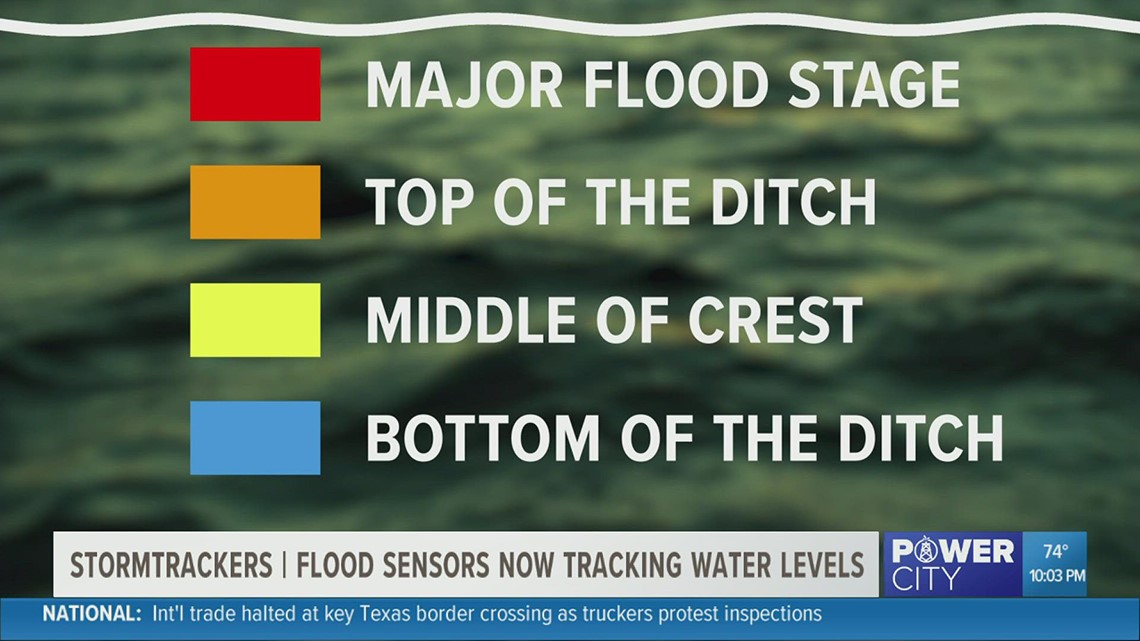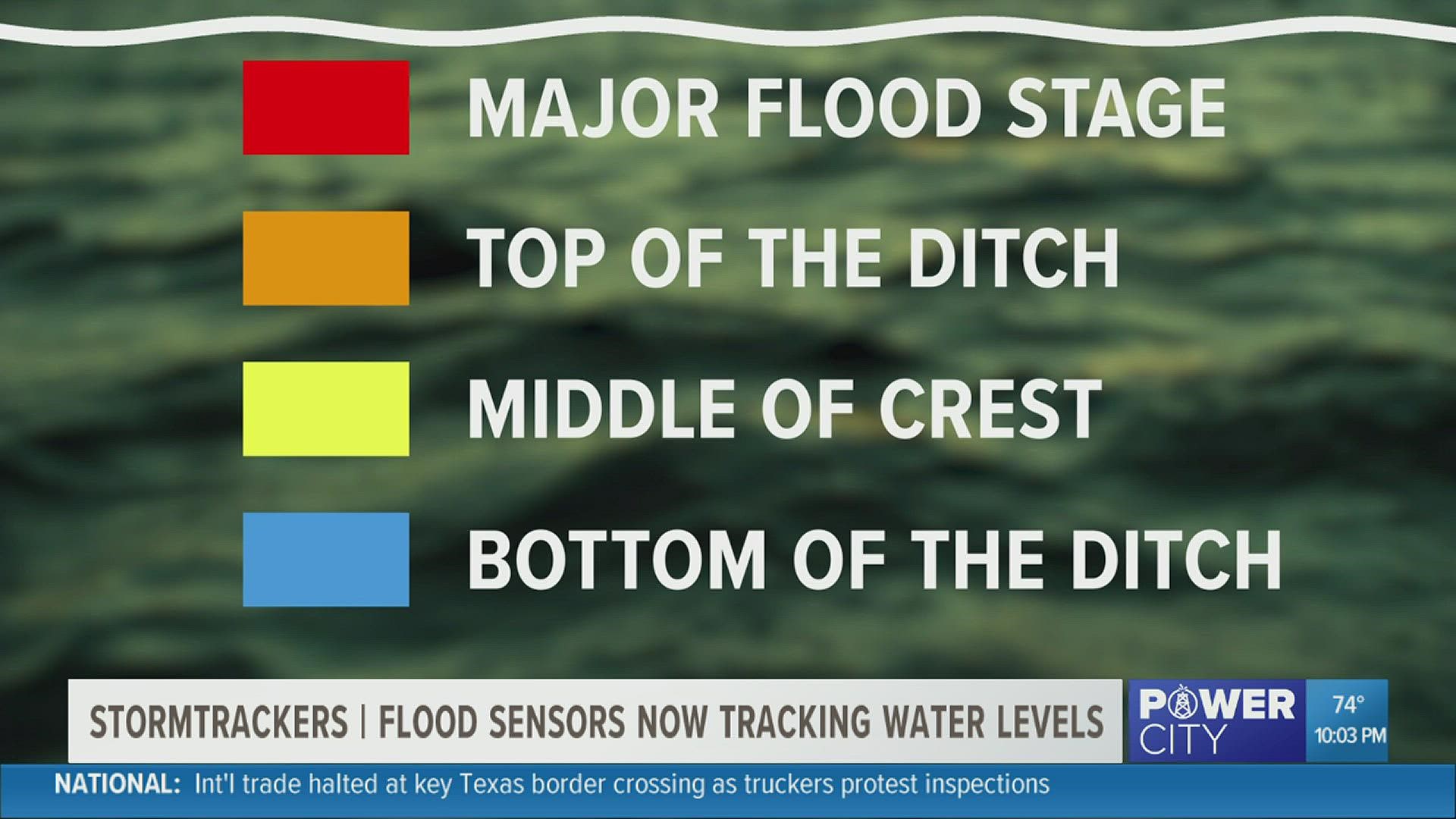BEAUMONT, Texas — Two Lamar University professors teamed up with several different agencies to create a website that will provide Southeast Texans with life-saving information during severe weather events.
When it rains in Southeast Texas, it pours. During flooding events, every second counts.
After multiple historic flooding event, several different agencies teamed up to gather data on water levels during storms. In 2021, flood sensors were installed to help monitor water levels.
Recently, a website was launched so Southeast Texans can find out when water in their area begins to rise.
Liv Haselbach is chair and professor of civil and environmental engineering at Lamar University, and Nicholas Brake is an associate professor of civil environmental engineering at the university. They both hope the new data will offer greater protection to Southeast Texans.
“We don't control the weather, but people knowing what to do quicker and earlier will help tremendously,” Haselbach said.
Haselbach and Brake teamed up with several agencies to start the flood coordination study. The study gathered data from dozens of sensors that were installed across Southeast Texas to update current flood projection models and infrastructure planning.
More than 150 flood sensors were installed throughout the state of Texas, and 74 of them are in Southeast Texas.
“The sensors started arriving in August of 2021, in packets of four to 12 at a time,” Haselbach said.
The study led to new flooding equipment from the Department of Homeland Security.
“So this gives us an idea, real-time idea of how high the water is in these canals, and ditches, and streams,” Brake said.
The City of Beaumont and Lamar University partnered up to provide a new resource for citizens, the Southeast Texas Regional Alerting and Information Network. Each water level is color-coded on the map.
“The public can use it to monitor, you know, the levels and check the levels near their homes,” Brake said.


Blue means the water is low. Yellow means the water has risen to the middle crest. Orange means the water is at the top of the ditch. Red means the water is near critical infrastructure.
“You know, you want to know, do I need to leave now, or am I going to be okay for this type of storm," Haselbach said. "You know, for people to make their own judgments and decisions on what to do."
The sensors also help officials get an idea if drainage ditches need to be modified or sized differently.

